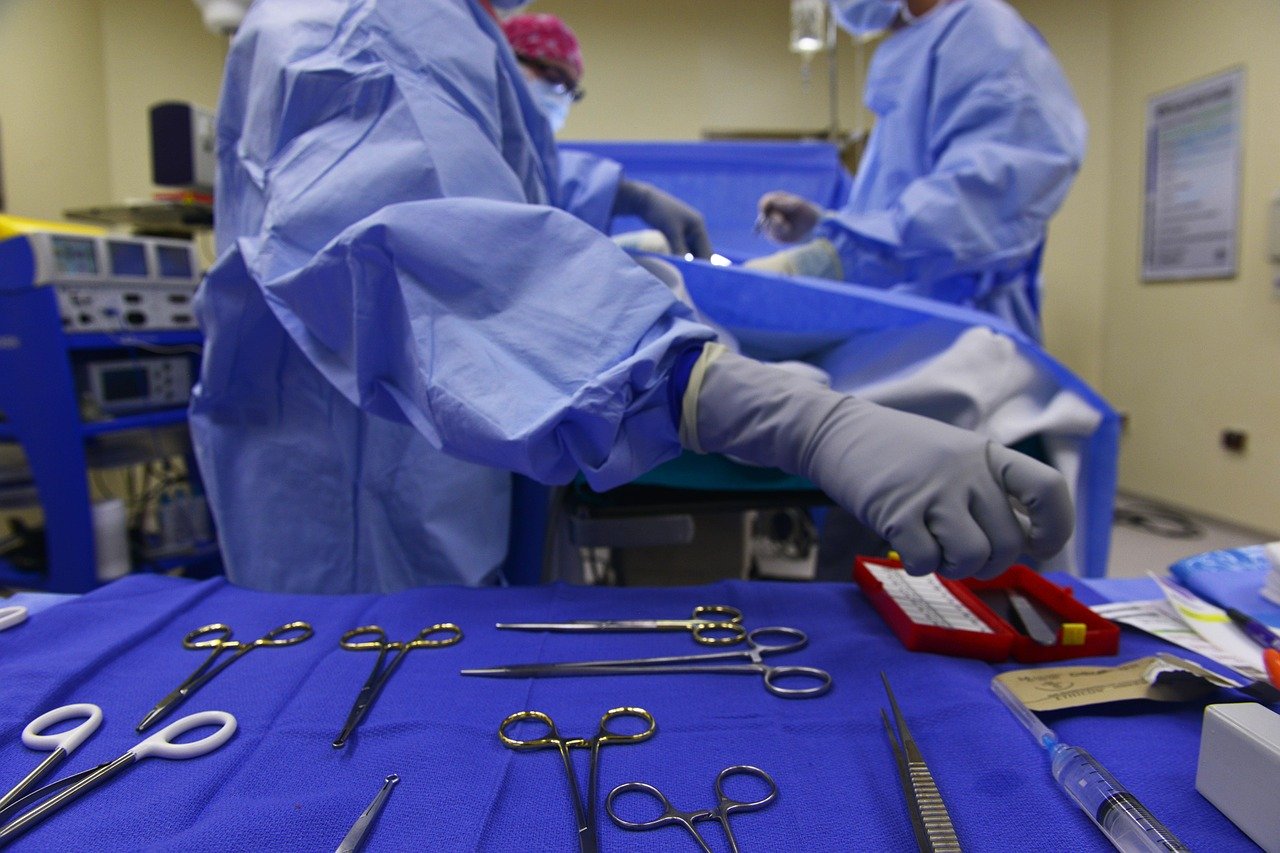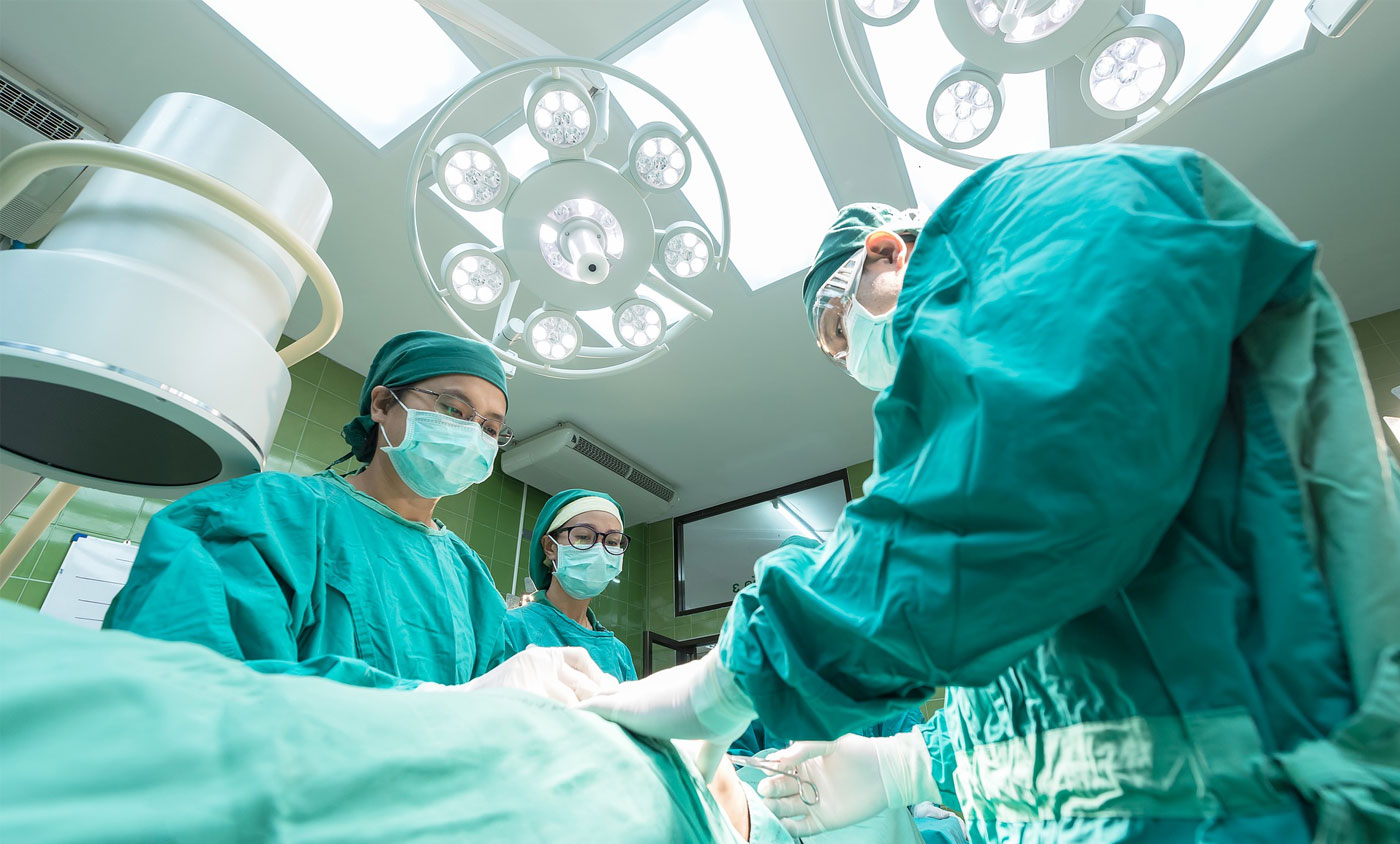It feels great to be back onboard HospitalDesignTips.com after a while as we have been extremely busy with our assignments on greenfield healthcare projects and despite our best endeavours we had to keep all our energies focussed on our current clients and best protecting their interests.
A big Welcome back to all our regular visitors and readers of HospitalDesignTips.com, we hope to keep you abreast of the latest developments in the healthcare industry through informative new articles regularly. I have been meaning to expand my article on Operating Theatres to include Hybrid Theatres and this article will focus on that subject.
As more and more Cardio-Thoracic and Trauma hospitals and specialist clinics are considering, and many more are actually opting to go down the Hybrid Theatres route, it pays to have an understanding of how the process works.
Hybrid Theatres in hospitals combine an Operating Theatre with imaging equipment to allow the surgeons to view live, high definition medical images in real-time. This benefits both – the patient in terms of reduced risks and fewer procedures and inter-department transfers and faster recovery, and the surgeons in terms of reduced operating times, reduced risk to patients, improved success rate due to accurate and high definition real time imaging information.
Hybrid Operating Theatres require more space than conventional theatres for the ceiling or floor mounted imaging equipment in the case of single plane angiography equipment. Optimum Hybrid Theatre area is approximately between 65 and 75 square meters. There are 90 and 120 sq meter Hybrid Theatres around too but rare. Make sure not to forget adjacent space of about 10 square meters for all the technical cabinetry for the Imaging equipment and operating table, the need for uninterruptible power supply (UPS) for the angio table to return to horizontal position if in tilt mode and UPS for the control console to ensure no images are lost in case of mains failure. Also remember to have ample space for cooling equipment for the heat generated by the technical cabinetry and for cooling the imaging gantry etc.
In addition to the Scrub, Prep and Dirty Utility rooms, a Control Room is required to operate the imaging equipment and to assist the surgical team. This will be similar to any Cath Lab control room in terms of layout, area and equipment. Remember the angio C-arm can be ceiling or floor mounted if single plane or if bi-plane it will be both ceiling and floor mounted.
From flexibility viewpoint Hybrid Theatres also need to perform both as a standalone Cath Lab and a Theatre when required. For this reason the imaging C-Arm needs to be able to move out of the way when operating. During the last few years this was achieved by using the ceiling mounted C-arm that could slide out of the way. Recently however, floor mounted multi-axis movement capable C-arms on a robotic arm are starting to appear on the market that can sit a few meters away but are fully synchronised with the tilting operating tables to acquire real-time images. When not required they can be parked out of the way with the arm contracted.
Hybrid Operating Theatres need a very co-ordinated design given all the equipment that is ceiling mounted including the theatre lights, surgical and anaesthetic pendants, high definition 6-8 monitors on a sliding gantry, the C-arm and radiation shielding screen, to avoid any clashes and giving all possible combinations of this equipment by the surgeons while not blocking view of the Control room staff.
Before embarking on the Hybrid Operating Theatres transition another very important step to remember is to have your premises checked for sufficiency of access route for the largest pieces of the imaging equipment for doors and corridor dimensions, and ceiling height. In addition to this the floors and ceiling structures also need to be probed for their ability to support very heavy equipment, as well as provision of floor trunking to facilitate any services to be connected between the Table, technical cabinets and the control room.
I sincerely hope that this short article gives you some basic idea and understanding that is necessary at the design and/or concept stage to consider transition to Hybrid Operating Theatres for hospitals and healthcare setups. Should you need more assistance or require our professional services please do contact us here.
We would like to hear your ideas on the design process and any stories you would like to share how your workplace is influenced by the same via the contact us form.

